Rosebay willowherb in the Bernese alps; Eiger and Mönch in far background.
This week I have been embracing all the lockdown clichés; I have subscribed to ‘Duolingo’ in an attempt to salvage my mediocre German language skills and have dusted off my watercolour paints for the first time in nearly ten years. I have no real talent for either foreign languages or painting.
In addition to these pastimes, and with more tangible reward, I have started compiling the 2019 photo album. Compared to 2020, a camping trip to the Lakes, a family holiday to Cornwall and a visit to relatives in Switzerland look like a year of veritable globetrotting. Whilst I drool nostalgically over the Swiss snaps, I thought I’d share a few of the wonderful flowers that we saw whilst hiking.
It is typical of the well-organised and environmentally conscious Swiss to have a marked trail, complete with little metal plaques and educational signs, to help you identify the flowers, and provide more information. What’s more, the trail finished at a marvellous children’s play area that even kept the ‘tween-agers engaged – so something for everyone.
In general, plants categorised as alpines are adapted to shallow, stony soils that are low in nutrients and usually alkaline. They are hardy so can tolerate cold but not excessive wetness - all of these conditions are found on the exposed and free-draining mountain slopes to which they are native.
May and June are most likely the peak flowering season, but there were still many beautiful blooms worth photographing when we were there, (albeit slightly out of focus at times, for which I apologise). Here is a selection of specimens in flower in the Bernese Alps during August 2019.
Alchemilla alpina – Alpine Lady’s Mantle
This is a close relative of the Alchemilla mollis which most people are familiar with; it tends to run a bit wild in UK gardens, but the downy leaves of both species have a lovely way of catching and holding single rain drops.
Alchemilla alpina
Ajuga reptans
This hardy evergreen Ajuga didn’t seem that similar to the specimens I’m familiar with. However, it’s worth remembering that those planted in gardens in suburban south Manchester are likely to be specifically bred and named cultivated varieties (‘cultivars’). These may not necessarily bare much resemblance to the species in its native surrounds.
Ajuga reptans
Sempervivum montanum - Alpine House Leeks
The mountain houseleek stores sugars within the water in its thick succulent leaves. This acts as an anti-freeze agent, to prevent it freezing in the harsh alpine winters.
Sempervivum montanum
Aconitum napellus - Monkshood
On first viewing, I pondered over whether this was some type of alpine delphinium, so I was somewhat alarmed when I discovered that I had failed to identify the severely toxic Monkshood. Ingestion of, or skin contact with Monkshood has been known to result in death due to multiple organ failure, so best give it a wide berth.
Aconitum napellus
Carlina acaulis – Alpine thistle.
These handsome thistles have short stems, to prevent them getting too battered and broken in the wind. The flowers also close up in wet weather, to protect the pollen from the rain.
Carlina acaulis
Gentianella campestris – Field gentian
These pretty little pale purple gentians are generally found in grazed short grassland, so their presence is probably thanks to those alpine cows. I don’t believe their colour has any connection to why the Milka cow is lilac.
Gentianella campestris
You might think that poring over the historic holiday snaps might throw me into the depths of despair and frustration during a lockdown, but on the contrary; I’ve really enjoyed returning to the memories, and it has encouraged me to look up and commit to memory a few more alpine flowers. I’d always intended to do this but had just never quite got around to it.







